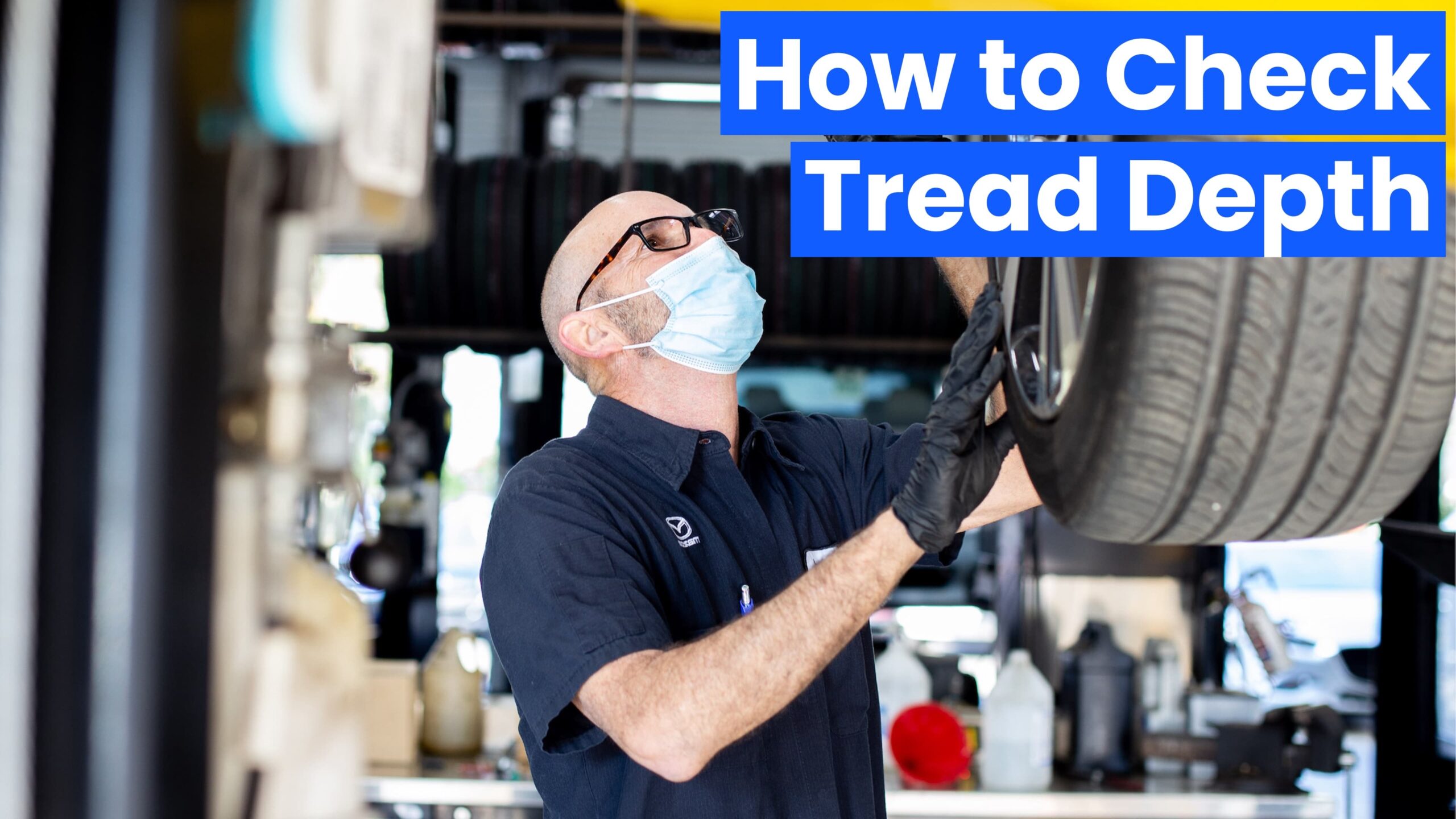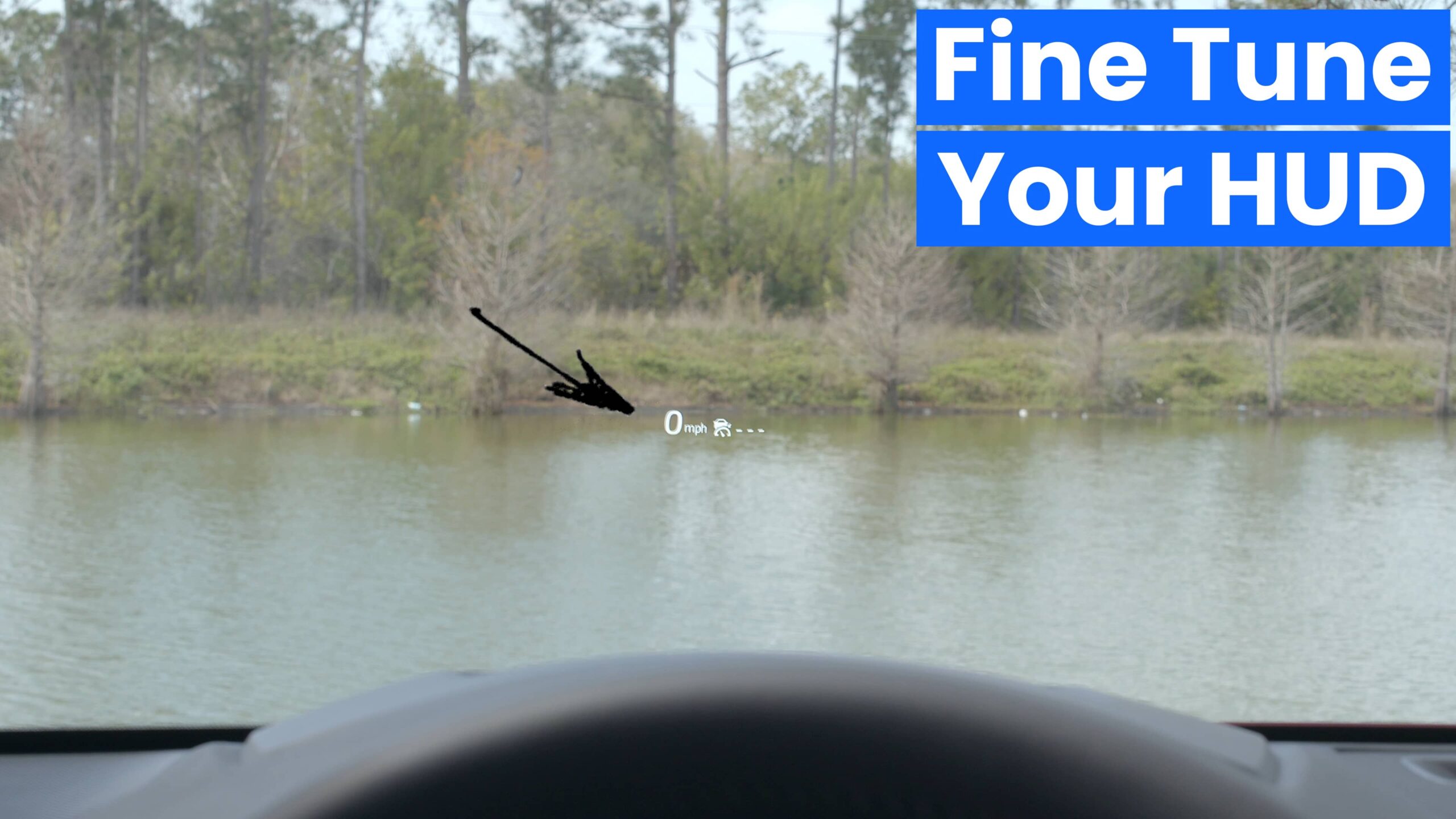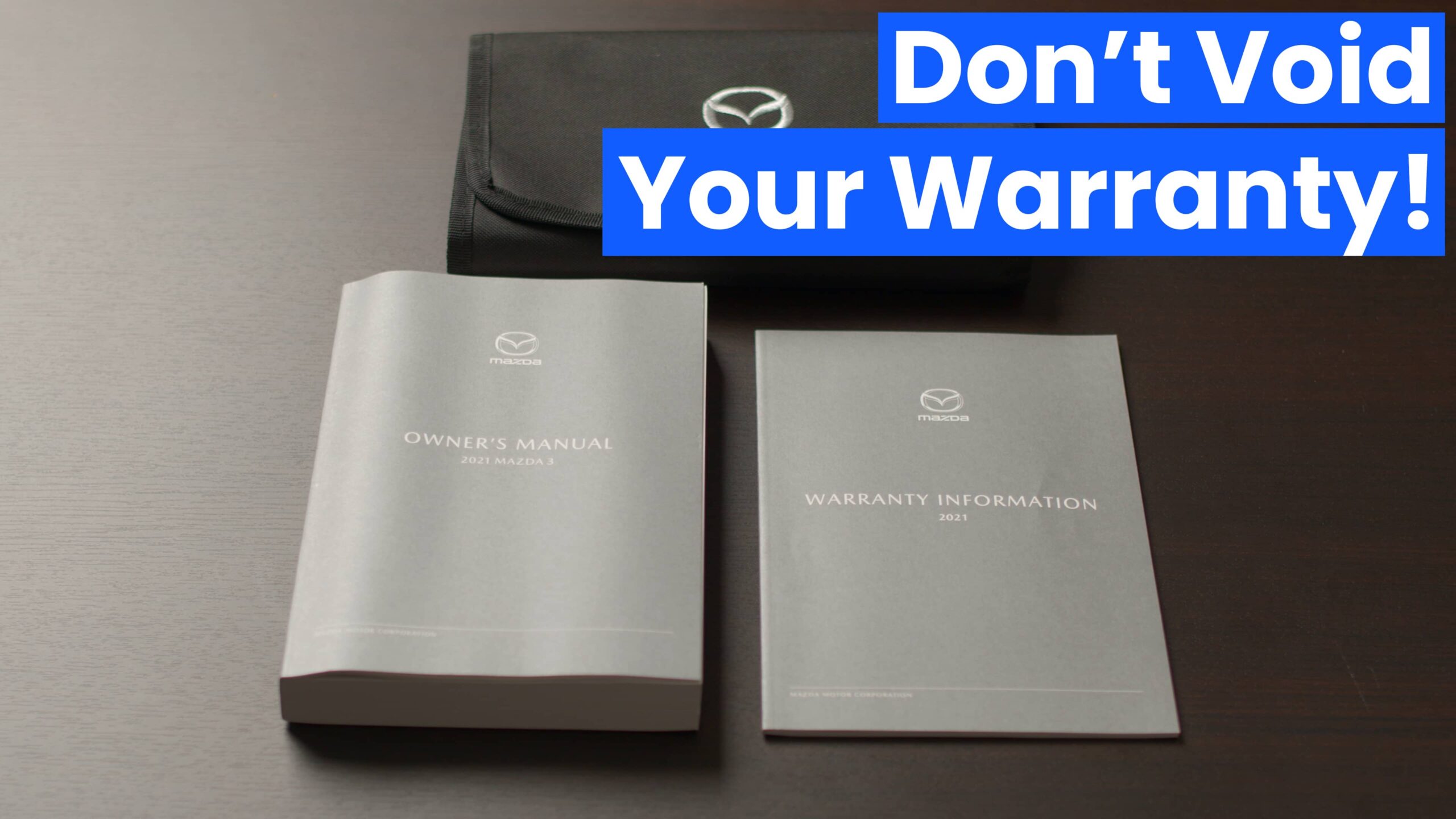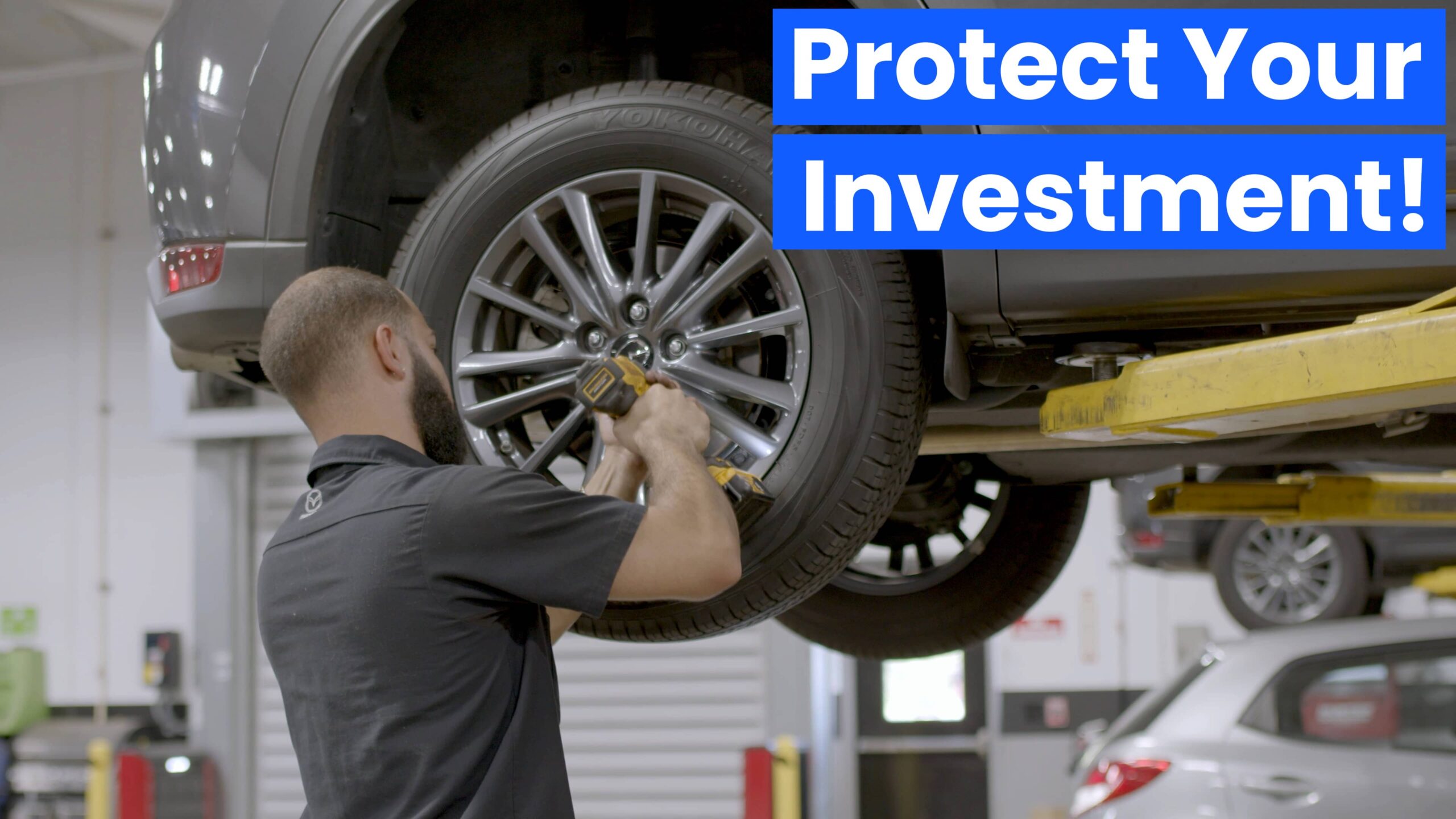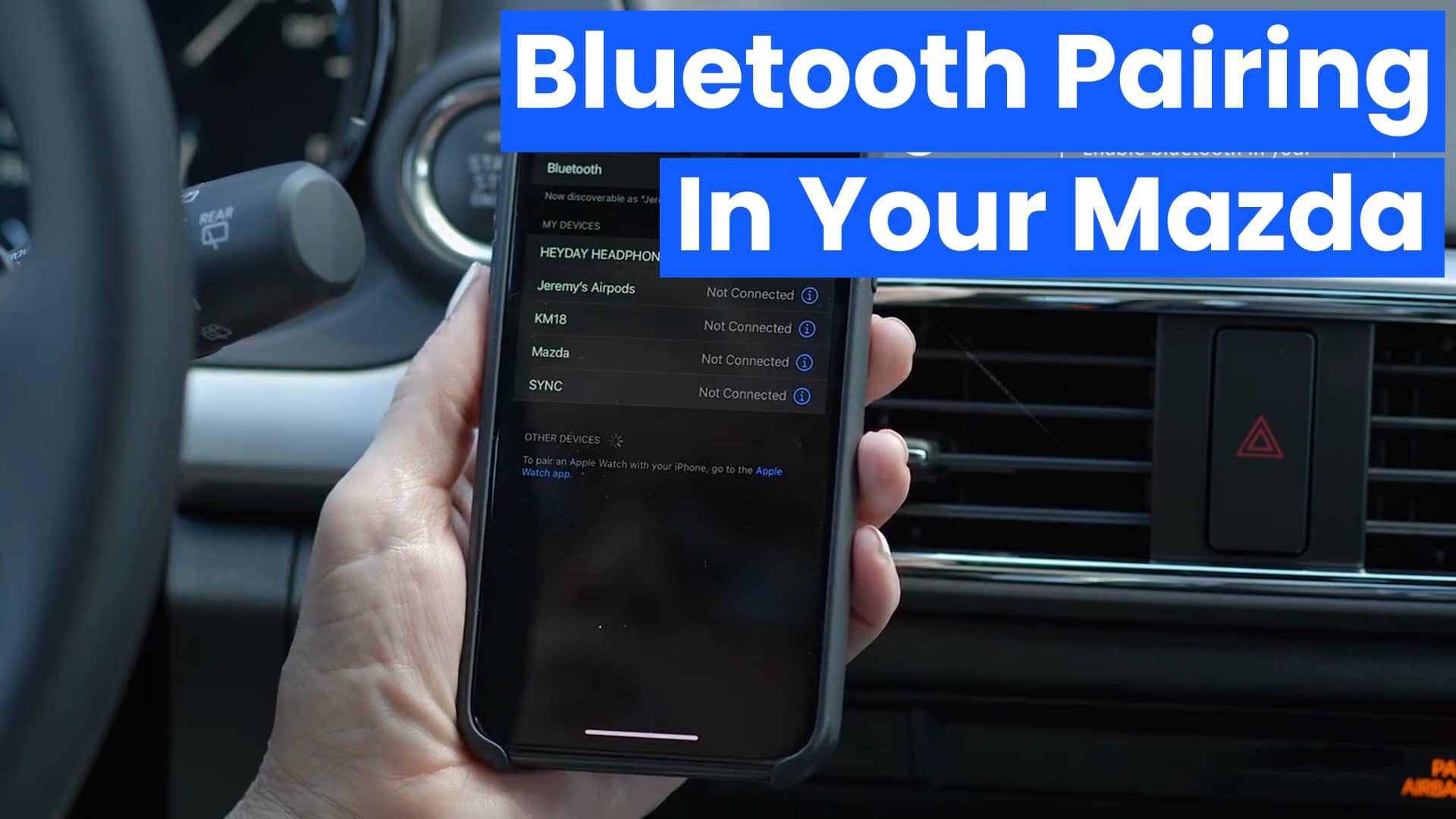When you’re rolling down the highway at 80 mph, or driving through one of Florida’s signature thunderstorms, odds are, the tires on your vehicle aren’t front of mind. Unfortunately, it’s often not until something bad happens that we stop to consider the condition of our tires.
However, if you know what you’re looking for and will devote just a couple of minutes a month to checking your tire health, you can save money and even lives!
We put together this quick guide to show you what to look for to keep yourself, your family, and your vehicle safe.
TREAD WEAR
When you purchase new tires, they are typically going to come with a tread depth of 10/32” to 11/32”. Over time, that tread wears down and your tire’s ability to stop and maintain traction decreases.
A test conducted by Tandy Engineering and Associates found that during a panic stop from 60 mph to 0, the stopping distance difference between new tires (11/32”) and those with a tread depth of just 2/32” (the legal minimum in many states) can be up to 5.5 car lengths.
With Florida’s extreme weather, congested roadways, and endless road construction, allowing your tires to get too worn down can put you and your family in danger. Most professionals recommend that you replace your tires at a tread depth of 4/32” to reduce the risk of an accident.
Check out the video below for a look at how to check your tire tread
VIDEO: How to Check Your Tread Depth
UNDER OR OVER INFLATION
Tires that are under or over inflated are at risk of damage and will negatively affect your fuel efficiency. So, be sure to check your tires regularly to ensure they are filled to the proper PSI (pounds per square inch). The recommended PSI for your specific tire can typically be found on the sidewall (see image below).
If a tire continues to lose pressure after refilling, it’s likely that you have a leak. In which case you will want to Inspect the tire for any visible punctures or abrasions and take it to a tire shop for repair. If the puncture is not in the sidewall, there’s a good chance they’ll be able to repair it for you for a small charge or for free if still under warranty.
BULGES IN RUBBER
Bulges in any portion of a tire are bad news. This could be caused by a broken radial belt within a tire, or by air trapped between layers of rubber. Either way, the tire cannot be repaired and must be replaced.
DRY ROT / CRACKING
I hate to pick on Florida again… but our climate and road conditions are tough on tires! Another common problem is dry rot or cracking of tires. This can be caused by:
- Abrasive or corrosive chemicals found in your garage or on roadways
- Harmful UV rays from direct sunlight
- Long periods of disuse (common in the days of COVID)
- High temperatures
- And consistent underinflation
Tires affected by dry rot will often appear brittle, discolored, and cracked. If you notice these symptoms early enough and take action, a professional may be able to stave off further damage with a sealant. However, if the tires continue to deteriorate, they will need to be replaced.
__________________________________________________
With hectic schedules and tight budgets, it’s easy to forget about your vehicle’s tires. However, driving on unsafe tires puts you, your family, and your vehicle at risk.
If you have any concerns about the integrity of your tires, please don’t wait to have them professionally inspected. This simple step could save lives!

